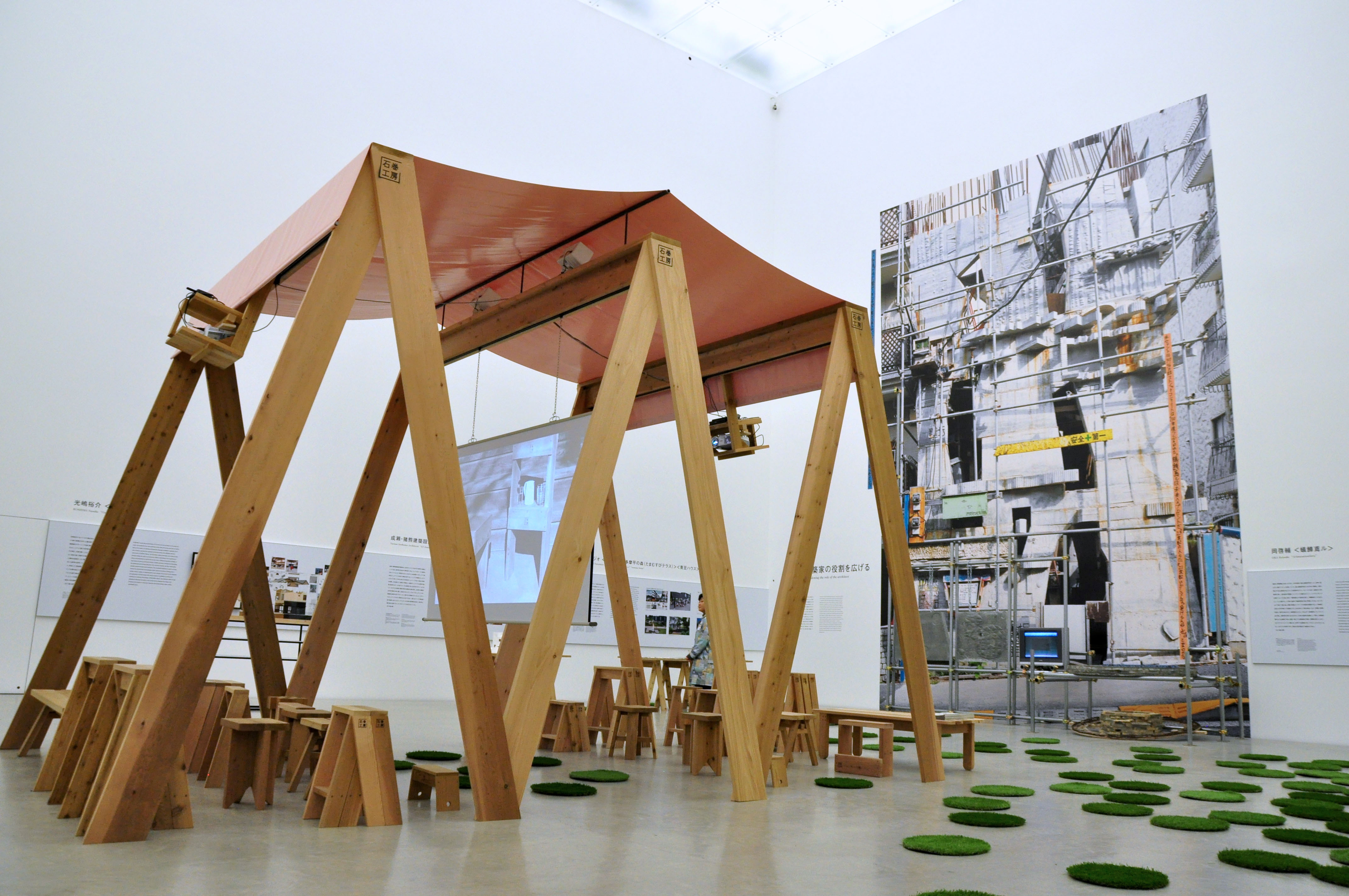Today, Japanese contemporary architecture enjoys an outstanding international reputation, but the story of its emergence to a position of such accomplishment and acclaim has not yet been told comprehensively. A pair of exhibitions at the 21st Century Museum of Contemporary Art, Kanazawa presents a postwar history of Japanese architecture — "Japan Architects 1945-2010" — and the tendencies that are gathering momentum now and will shape the future — "Architecture since 3.11."
The history show is told as a progression from darkness into light; while the contemporary one is presented as a proliferation of, questioning of, and exploration of new definitions and approaches to the tasks of architects, which is brought to urgent focus by the disasters of March 2011. Together, the two exhibitions constitute a significant moment of retrospect and prospect, inviting reflection on the state and direction of the discipline in Japan today.
“Japan Architects 1945-2010,” the first exhibition of Japanese architecture with such historical sweep, was initiated by Frederic Migayrou, deputy director of the Pompidou Centre in Paris, and implemented in collaboration with curators from the 21st Century Museum. Over 240 drawings, models and artefacts have been exhumed from the collective archive of the profession and organized into six partly overlapping periods in chronological order. Each period is conceptually designated a color, spanning from black for the immediate postwar moment, to white for the most recent period (immediately preceding 3/11), and ranging through dark and light gray (the 1950s), color (roughly the 1960s) and "non-color" (roughly the 1970s-'80s).



